Inside AlUla, the giga-project putting Saudi Arabia on the tourism map
The ancient desert city in the northwest of the country combines culture, history, and extraordinary landscapes
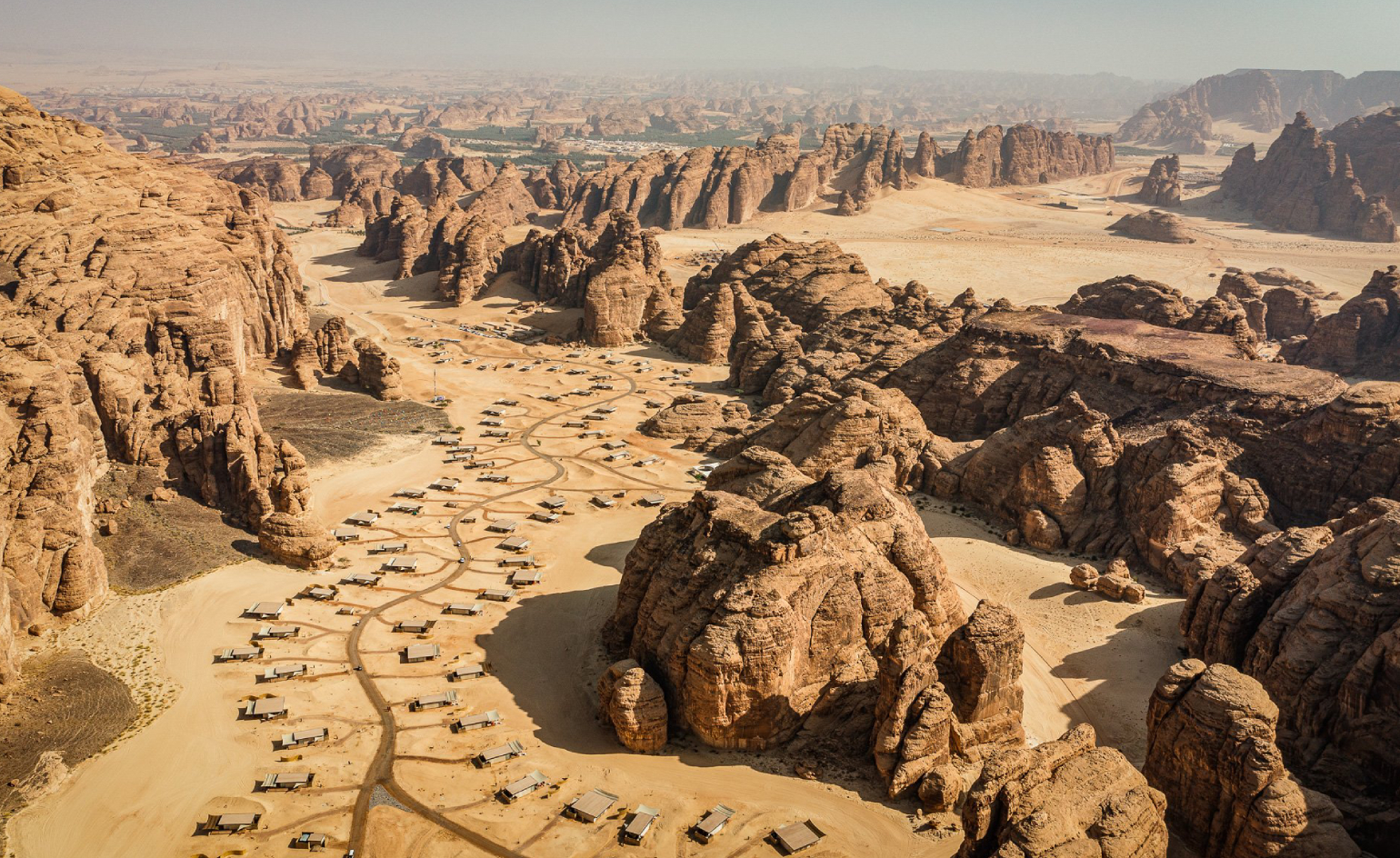
Whether you’re a fan of Saudi Arabia or not, the truth is that it’s difficult not to be impressed by the pace of development in this Middle Eastern country. Crown Prince Mohammed bin Salman – affectionately known as MBS – introduced a master plan less than a decade ago, and already the country has progressed in leaps and bounds, convincing even the most reluctant.
Luxury hotels and lavish arts destinations are on the rise in Saudi Arabia
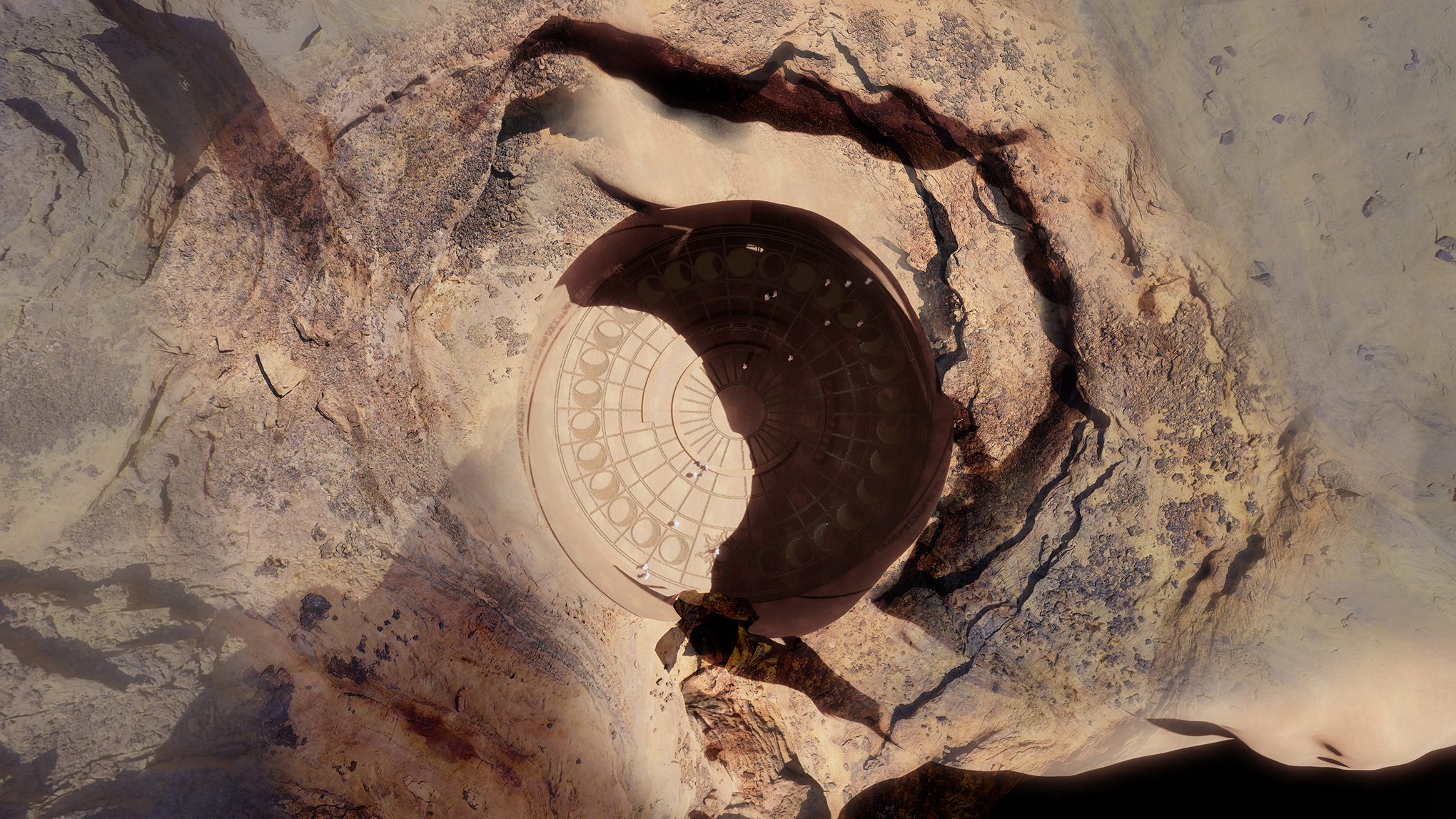
The upcoming Sharaan Resort in Saudi Arabia’s AlUla desert by Jean Nouvel
Known as Saudi Vision 2030, the ambitious programme, which aims to diversify the economy, reduce reliance on oil, and transform the country socially and culturally, has certainly been turning heads. In the tourism sector, particularly, a number of so-called giga-projects have revealed vast landscapes rarely seen, uncovered ancient archaeological sites, and created buzzing destinations filled with some of the world’s most impressive hotels.
From Red Sea Global’s project to transform 28,000 sq km along the west coast of the country into a Maldives-like destination, to the $62.2 billion development programme at historic Diriyah, on the outskirts of Riyadh, it’s impossible not to get carried away by the inspiring energy pervading Saudi Arabia. Throughout it all, the custodians in charge of overseeing this transformation have remained mindful, placing heritage preservation and the country’s long history, culture and national identity at the forefront.
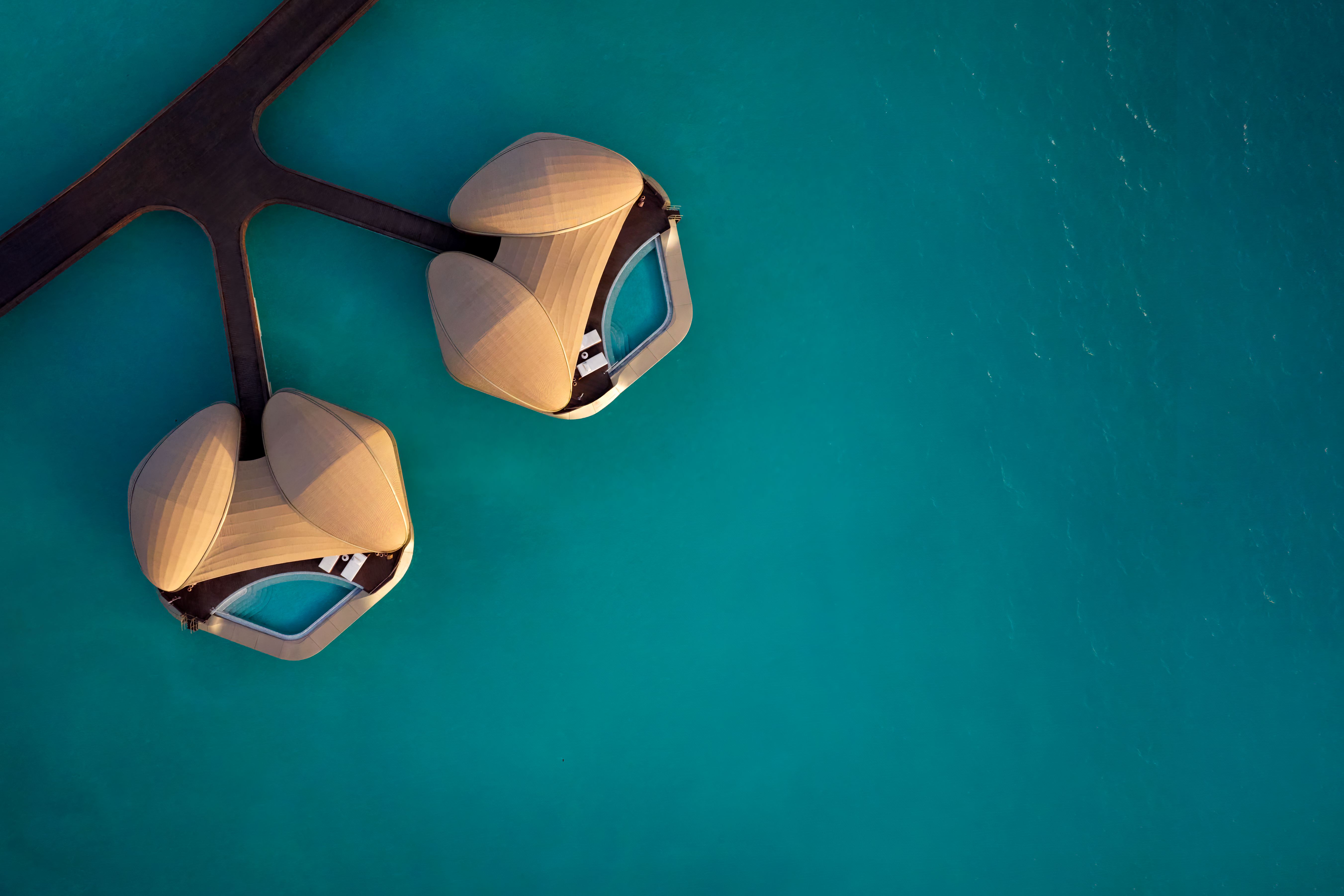
Overwater villa at Nujuma, a Ritz-Carlton Reserve
This is particularly true for AlUla. Probably the country’s most well-known destination, this ancient desert city in the north-west of the country is nestled within a diverse and evocative landscape of sweeping desert plains, dramatic red sandstone canyons, lush palm oases, and extraordinary wind-carved rock formations. Located on an ancient incense trading route with a history that dates back to 5000 BCE, AlUla’s main draw today – alongside its labyrinthine old town, with its narrow mudbrick housed-lined streets and alleyways – is Hegra. Saudi Arabia’s first Unesco World Heritage Site, this recently excavated archaeological plot – often compared to Petra in Jordan – offers a glimpse into the rich history of the Nabataen period (from the 4th century BC to the 1st century AD) and features over 110 well-preserved tombs with intricately carved façades.
This marvel alone has been enough to attract international hotel groups, including Our Habitas and Banyan Tree – whose tented properties sit ensconced between sandstone cliffs, golden dunes and dramatic rock pinnacles – and The Chedi brand. One of the few hotels to be located within a Unesco World Heritage Site, the recently opened Chedi Hegra occupies the site of the former Hegra railway station which, when it opened in 1907, reduced the pilgrimage to Mecca from 40 days to just four.
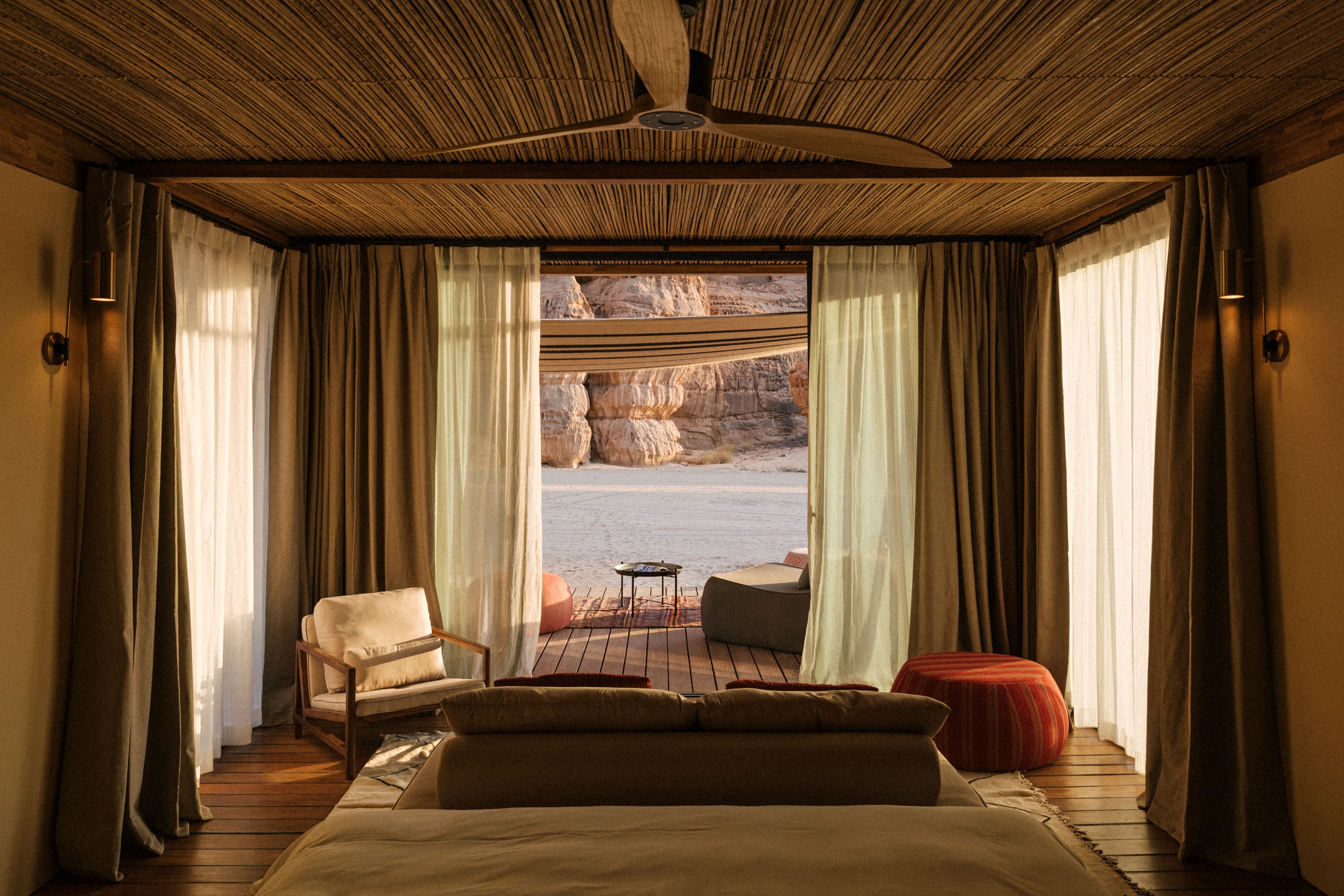
Our Habitas AlUla
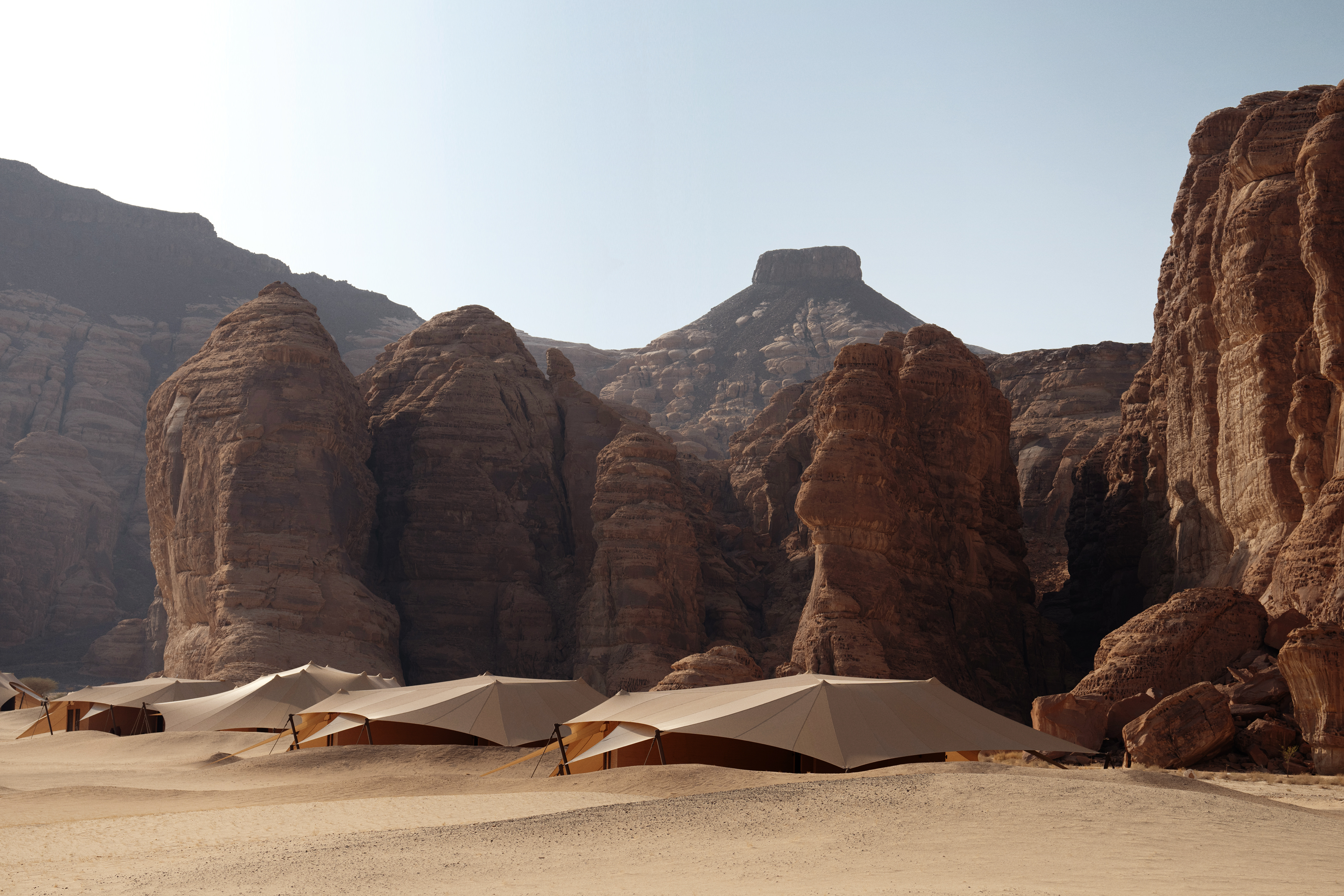
Banyan Tree AlUla
Unfolding over 35 rooms, which were originally old houses, a restaurant inspired by the glamour of golden age train journeys, and a spa, the hotel slots seamlessly into the sweeping desert landscape. In contrast, its modern interiors are low-key, featuring muted tones, Poltrona Frau furnishings and sleek Porfido Pedretti bathrooms. All this alongside prominent artwork, such as the 700m-long canopy that runs above the original railway tracks, a sublime spa that uses products made from local ingredients such as dates, moringa and rosemary, as well as Prima Classe, a Mediterranean restaurant that serves dishes such as the deconstructed tuna niçoise, gazpacho, and slow-cooked beef. In other words, the perfect base from which to explore Hegra’s historic ruins.
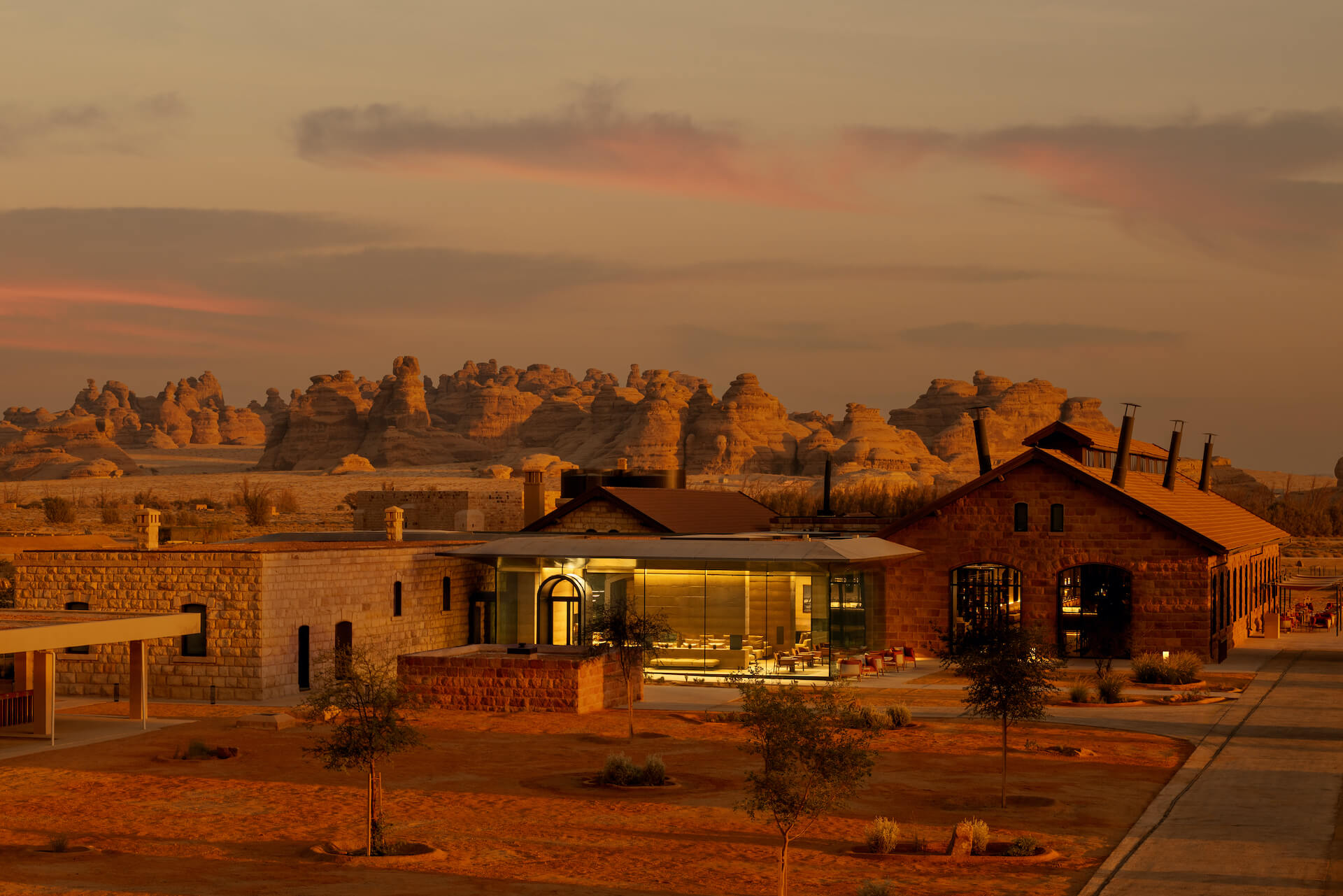
The Chedi Hegra
Elsewhere, AlUla’s old town is currently undergoing an extensive restoration. So far, a portion of the site has been transformed into Dar Tantora, a luxury boutique hotel that unfurls amid meticulously renovated mudbrick houses and offers guests an immersive and authentic experience where candlelight is favoured over electricity. Meanwhile, a short walk away, AlJadidah Arts District is the pedestrian-friendly hub of the city’s burgeoning art scene and home to the annual AlUla Arts Festival. The event, which has just completed its fourth iteration, provides a platform to uplift Saudi talent, with a programme of exhibitions, workshops, installations and live music.
Wallpaper* Newsletter
Receive our daily digest of inspiration, escapism and design stories from around the world direct to your inbox.
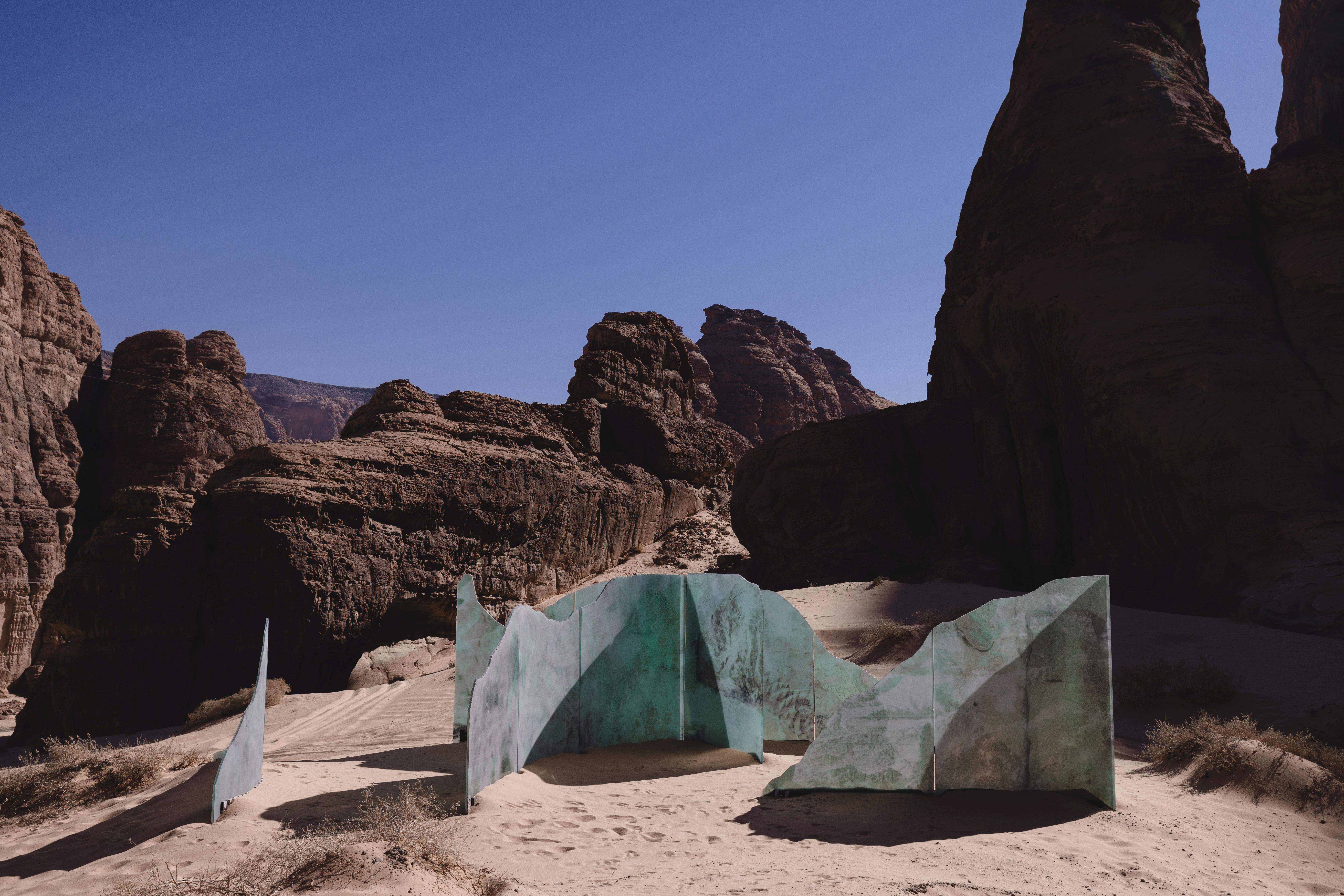
Neuma – The Forgotten Ceremony by Sarah Brahim and Ugo Schiavi at AlUla Arts Festival 2025
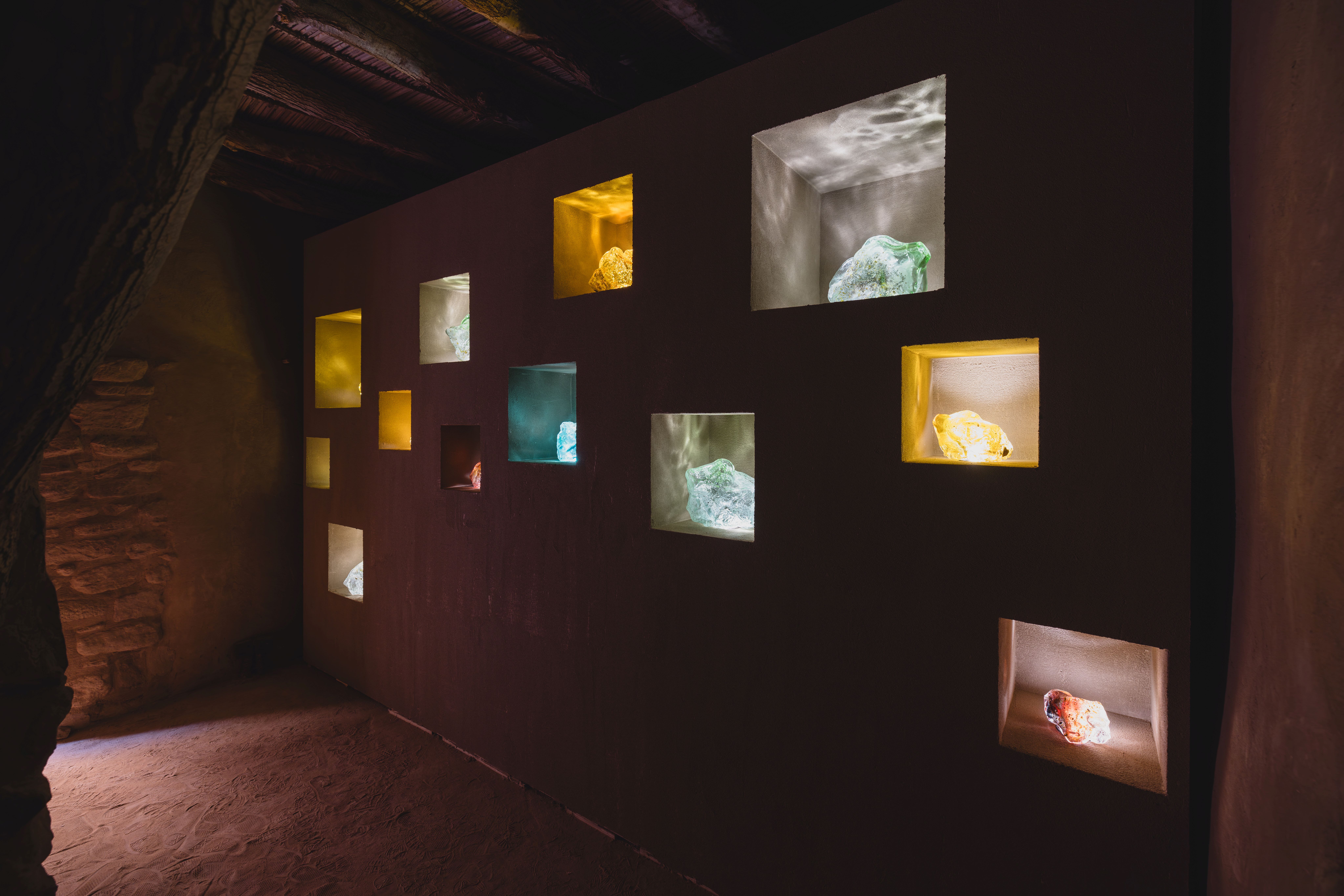
Neuma – The Forgotten Ceremony by Sarah Brahim and Ugo Schiavi at AlUla Arts Festival 2025
And this is just the beginning. In the pipeline is a permanent destination for contemporary art within Wadi AlFann – which means ‘Valley of the Arts’ – a 65 sq km patch of desert about a 20-minute drive from AlUla’s old town. Here, amid a monumental landscape of striking rock formations, five land art pioneers – James Turrell, Manal AlDowayan, Agnes Denes, Michael Heizer, and Ahmed Mater – will be the first to reveal new permanent, large-scale commissions by the end of 2026.
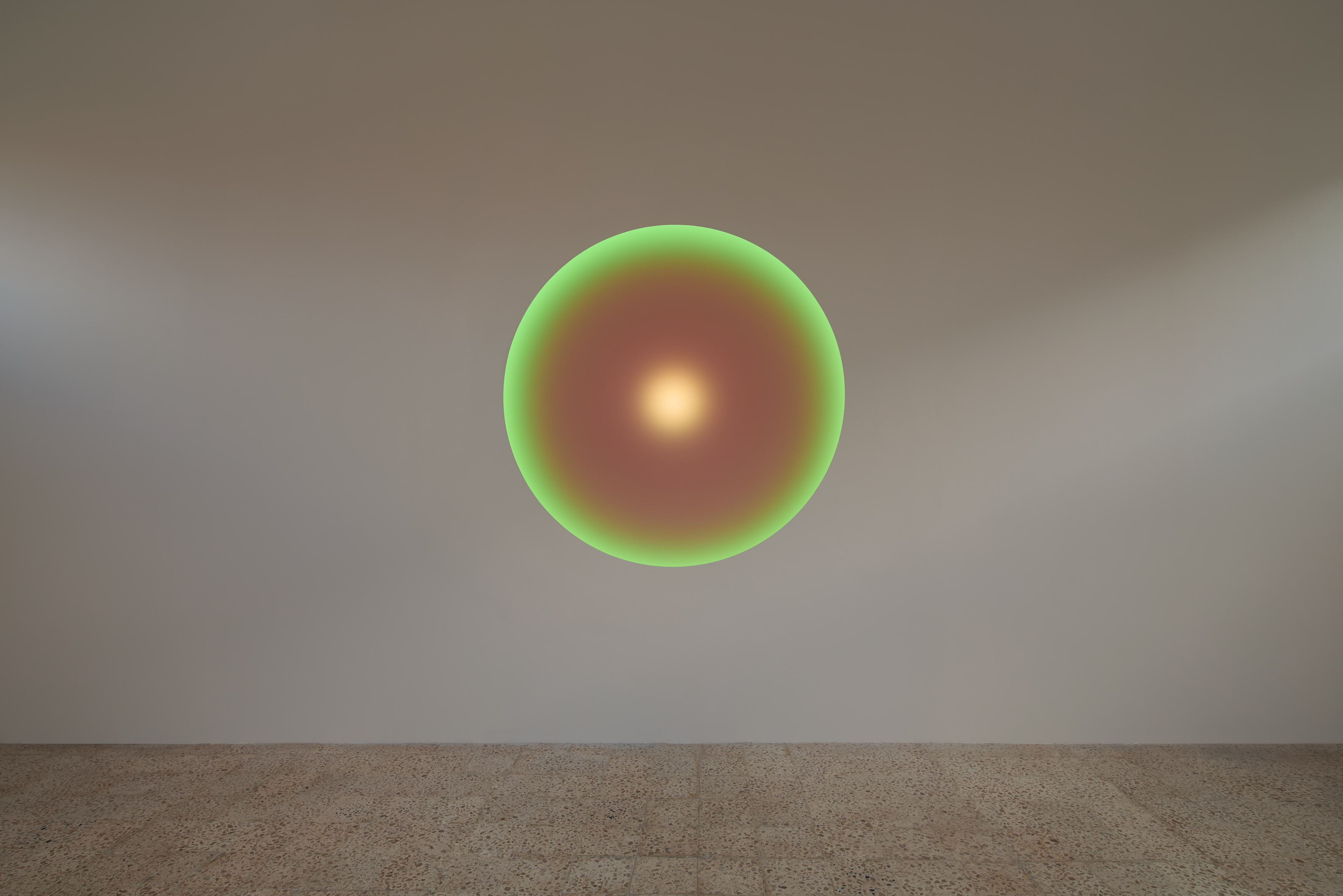
Jubilee (2021) by James Turrell, Royal Commission for AlUla contemporary art collection
Coming soon will be new hotels from the Aman Group, Six Senses, and the Jean Nouvel-designed Sharaan Nature Resort, a subterranean hotel that will feature 40 suites, pavilions and villas carved into the sandstone mountains. Meanwhile, Asif Kahn – behind the Museum of the Incense Road – and Lina Gotmeh – who designed the Contemporary Art Museum – are just two architects among a soon-to-be announced stellar line-up that will be working in the area.
Meticulously planned, sensitively considered, and insightful, it is projects such as AlUla that are putting Saudi Arabia on the cultural tourism map.
Read Lauren Ho’s review of the AlUla Arts Festival 2025
Lauren Ho is the Travel Director of Wallpaper*, roaming the globe, writing extensively about luxury travel, architecture and design for both the magazine and the website. Lauren serves as the European Academy Chair for the World's 50 Best Hotels.
-
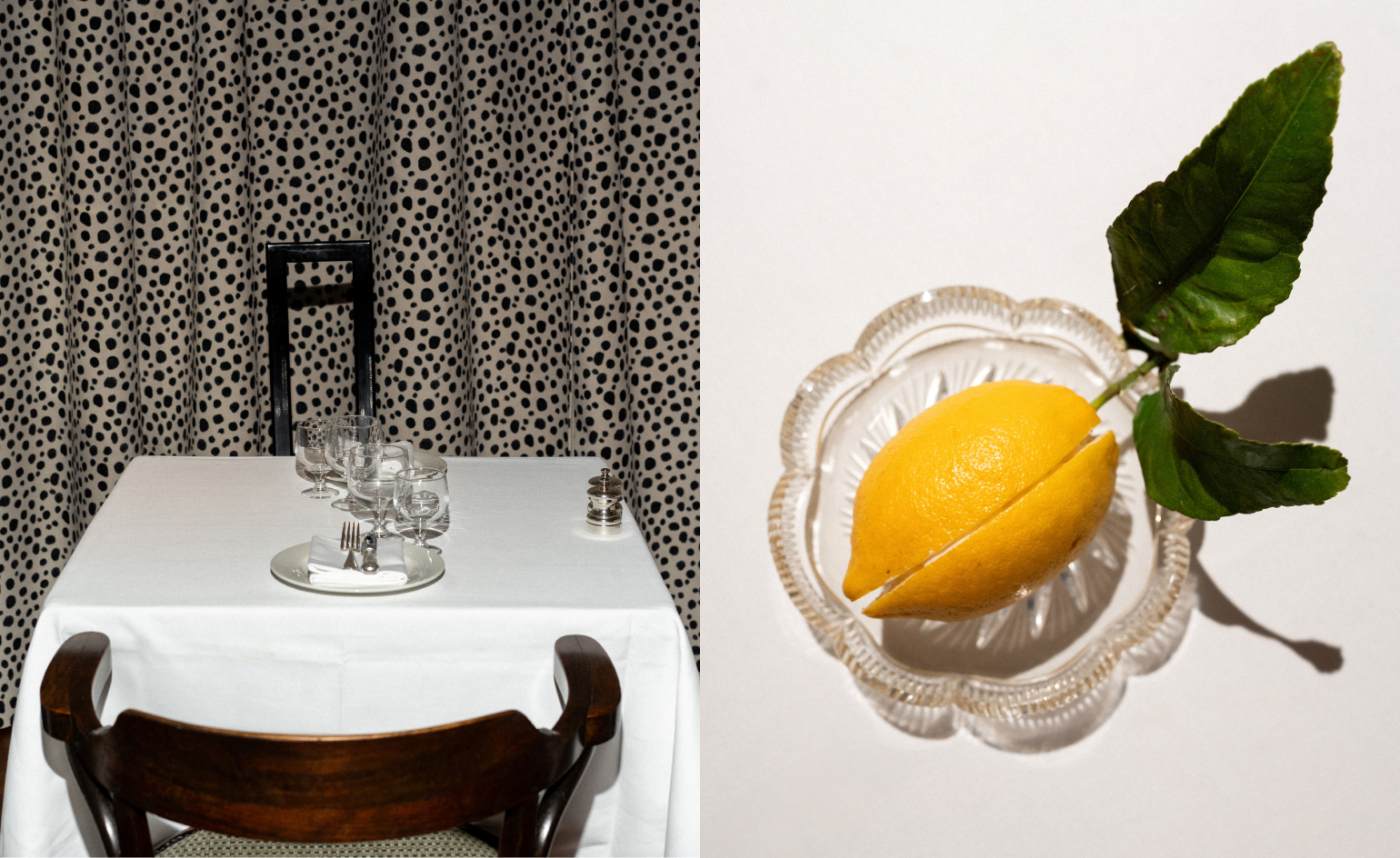 Marylebone restaurant Nina turns up the volume on Italian dining
Marylebone restaurant Nina turns up the volume on Italian diningAt Nina, don’t expect a view of the Amalfi Coast. Do expect pasta, leopard print and industrial chic
By Sofia de la Cruz
-
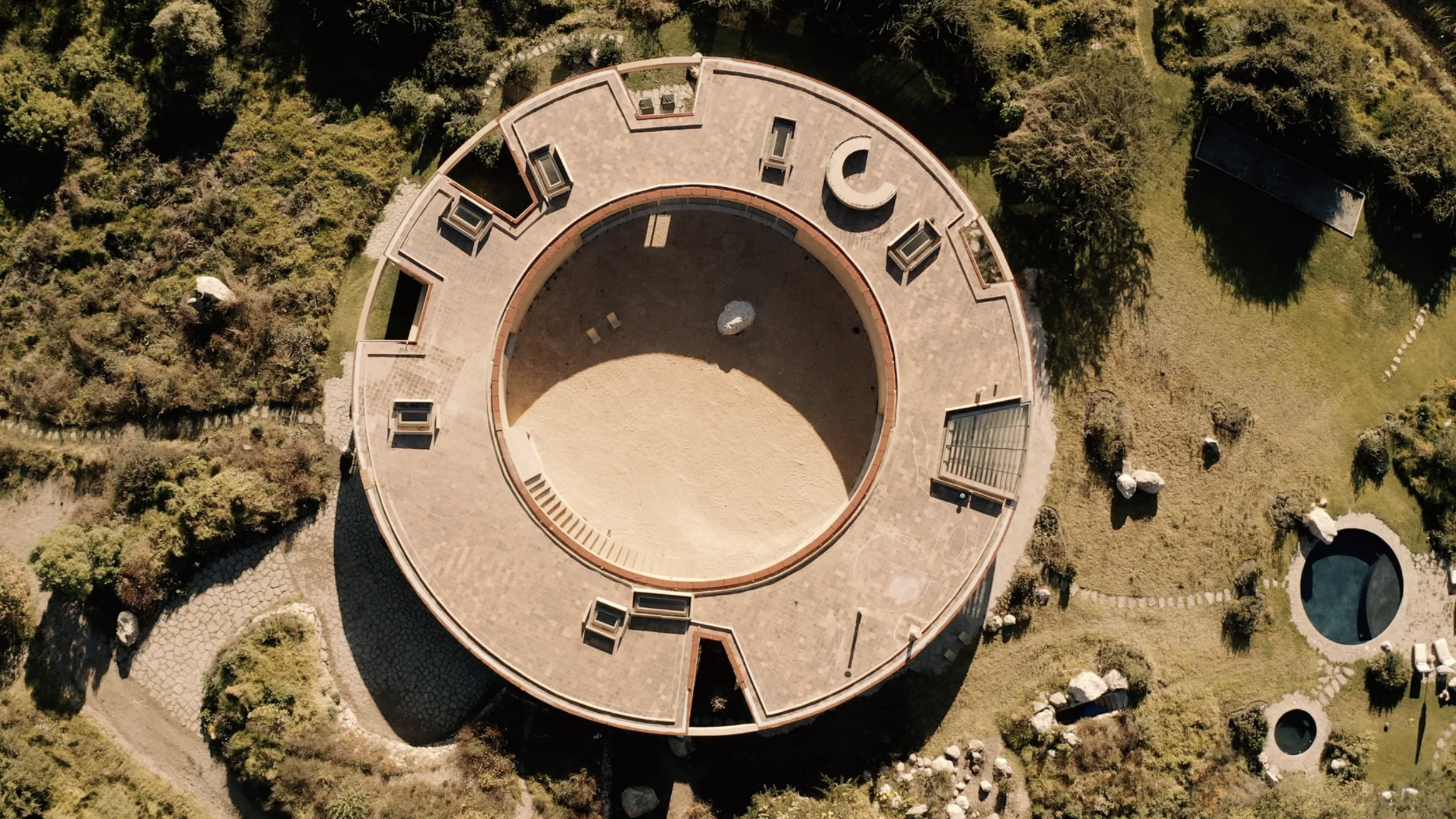 Tour the wonderful homes of ‘Casa Mexicana’, an ode to residential architecture in Mexico
Tour the wonderful homes of ‘Casa Mexicana’, an ode to residential architecture in Mexico‘Casa Mexicana’ is a new book celebrating the country’s residential architecture, highlighting its influence across the world
By Ellie Stathaki
-
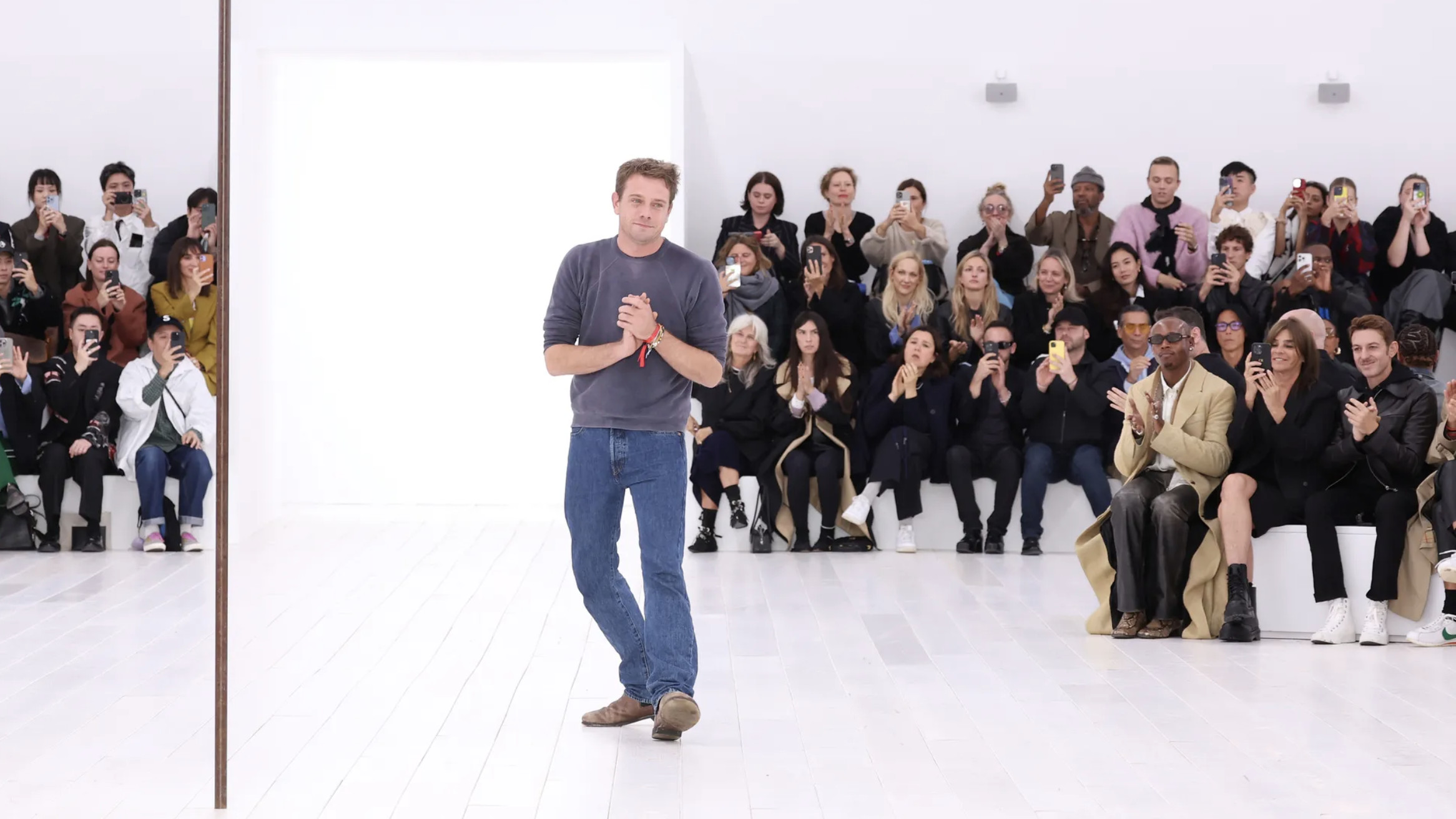 Jonathan Anderson is heading to Dior Men
Jonathan Anderson is heading to Dior MenAfter months of speculation, it has been confirmed this morning that Jonathan Anderson, who left Loewe earlier this year, is the successor to Kim Jones at Dior Men
By Jack Moss
-
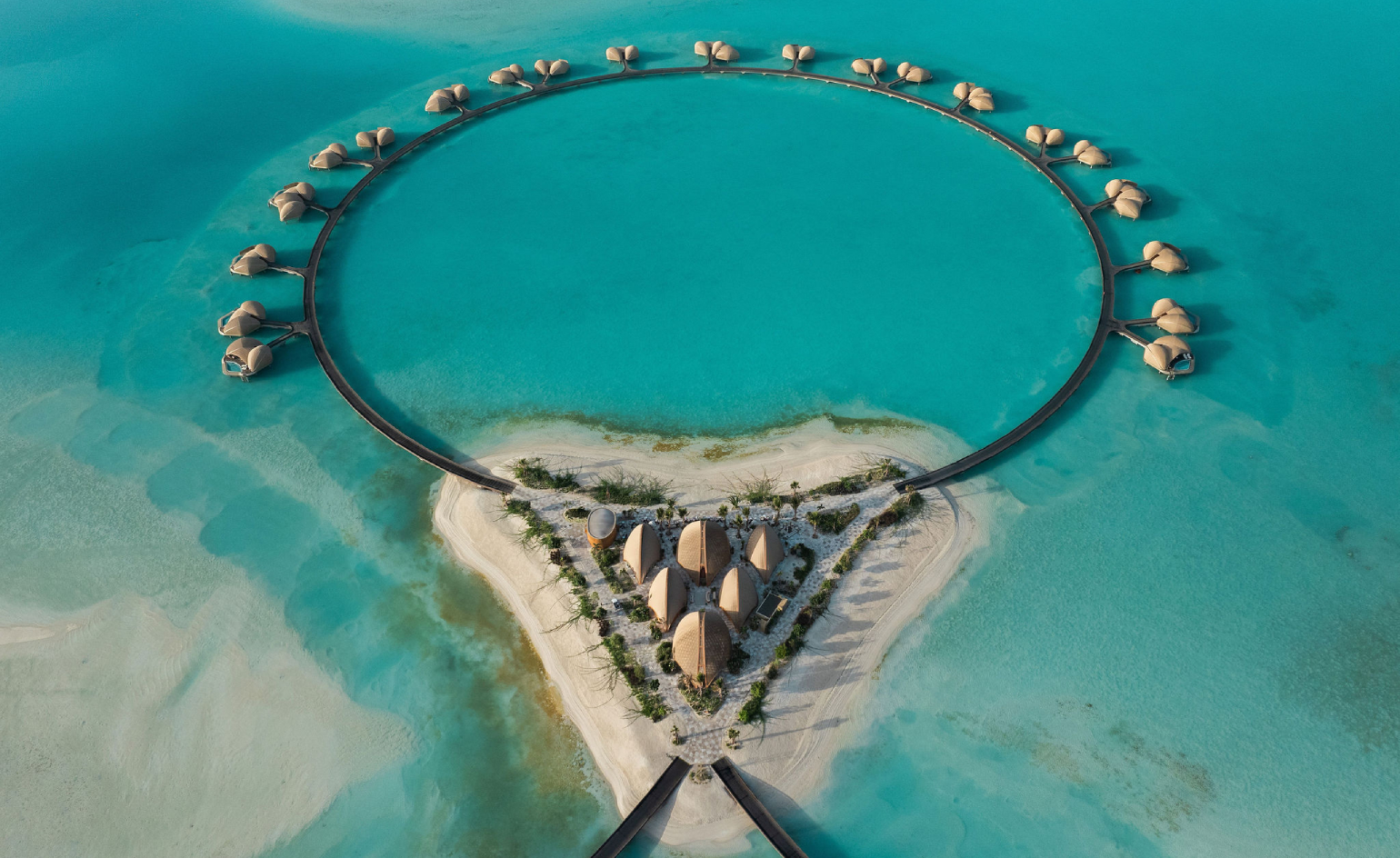 Stay at Nujuma, a forward-facing sanctuary in the Red Sea region
Stay at Nujuma, a forward-facing sanctuary in the Red Sea regionNujuma, a Ritz-Carlton Reserve, sets the bar high as one of Saudi Arabia’s ultra-luxury destinations
By Lauren Ho
-
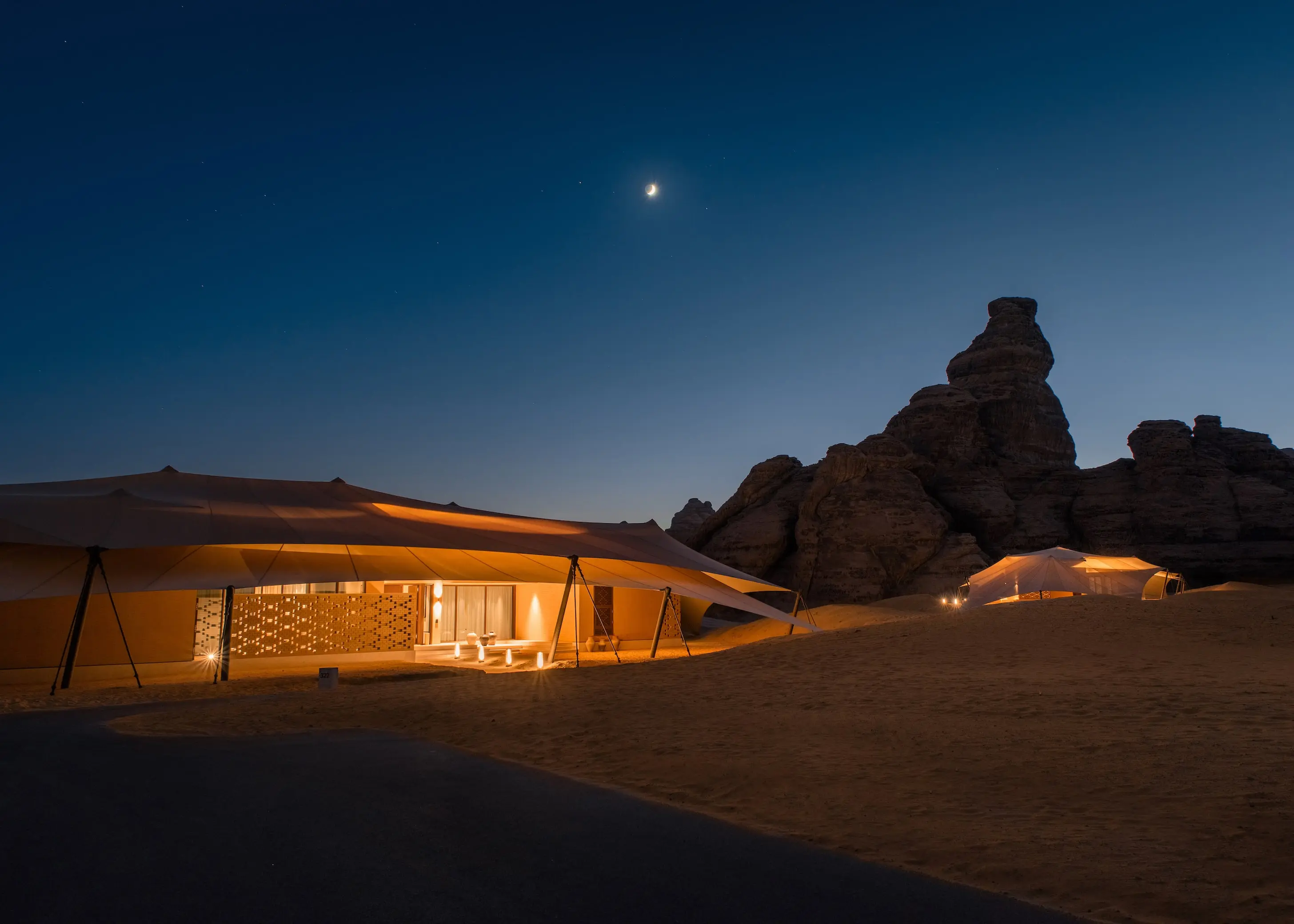 The world's most heavenly destinations for astrotourism in 2025
The world's most heavenly destinations for astrotourism in 2025We're in for a big year for celestial events. These are the world's best hotels to see the cosmos as you've never seen it before
By Anna Solomon
-
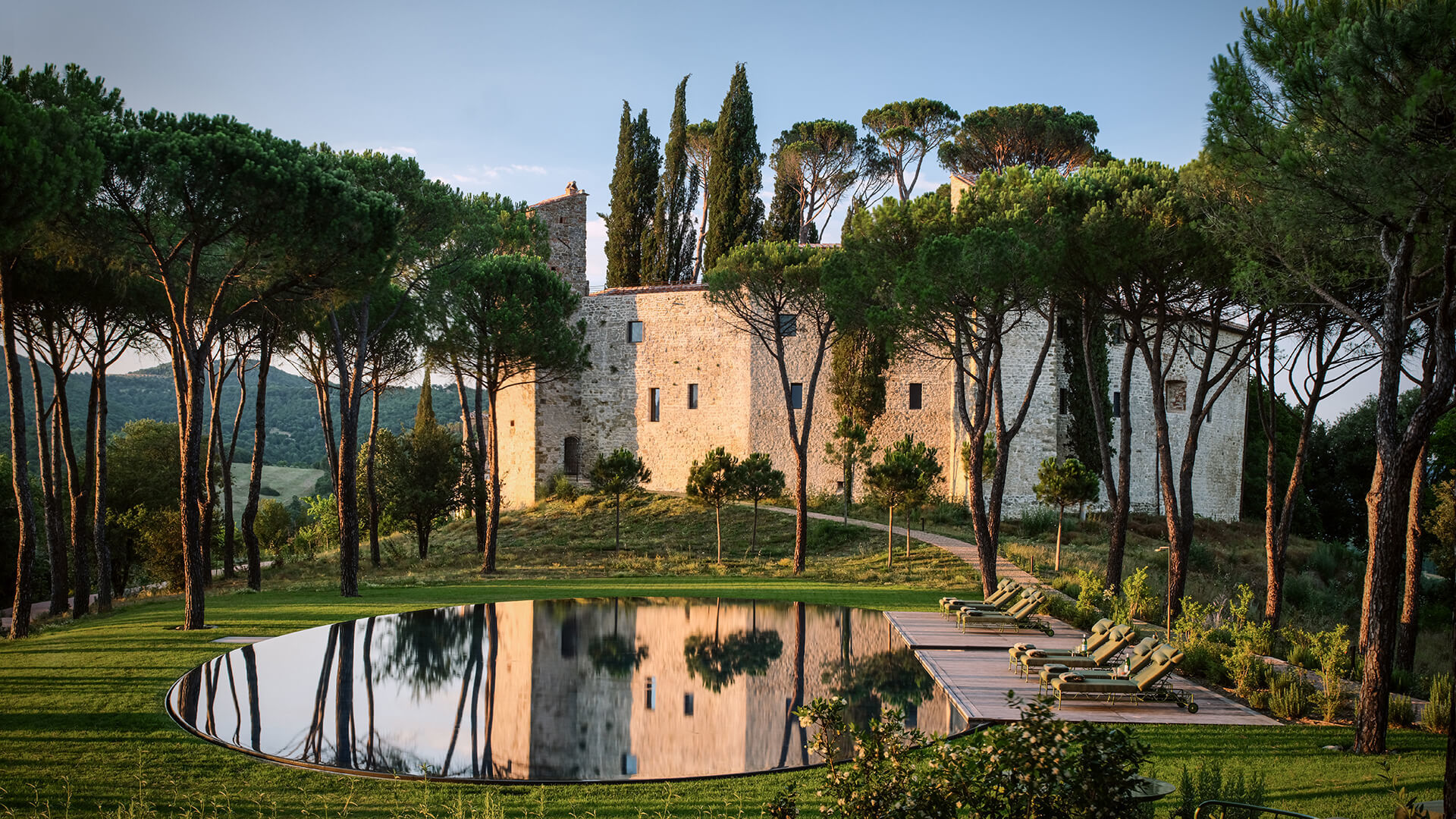 Dip into these swim-perfect outdoor hotel pools
Dip into these swim-perfect outdoor hotel poolsDiscover the best outdoor hotel pools, from Reschio’s sunken optical illusion in Italy to Amangiri’s glimmering mirage in the Utah canyons
By Sofia de la Cruz
-
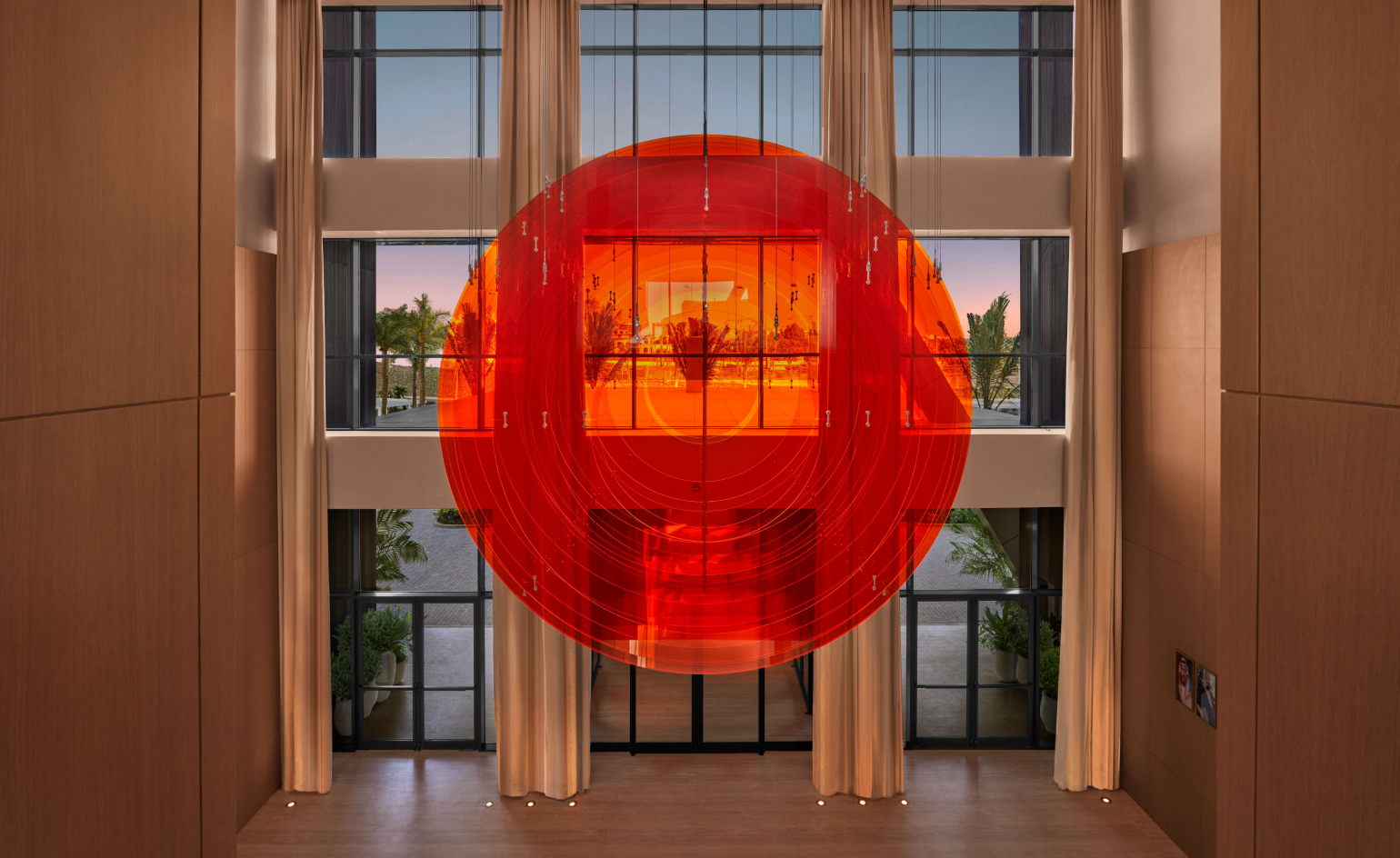 Tour the newly opened Jeddah Edition hotel
Tour the newly opened Jeddah Edition hotelThe Jeddah Edition ushers in a new era of hospitality for the Kingdom of Saudi Arabia
By Daven Wu
-
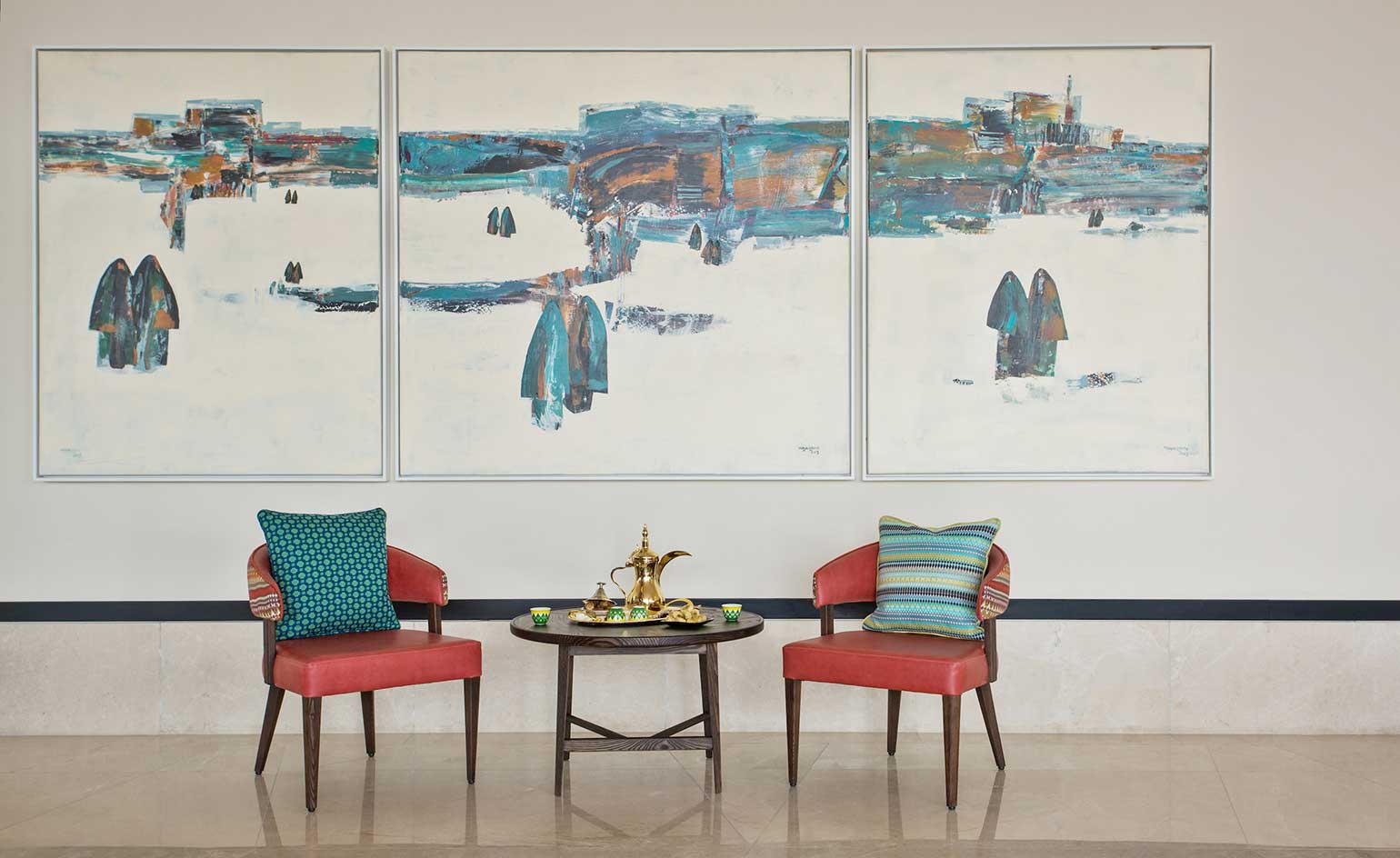 Assila Hotel — Jeddah, Saudi Arabia
Assila Hotel — Jeddah, Saudi ArabiaBy Daven Wu